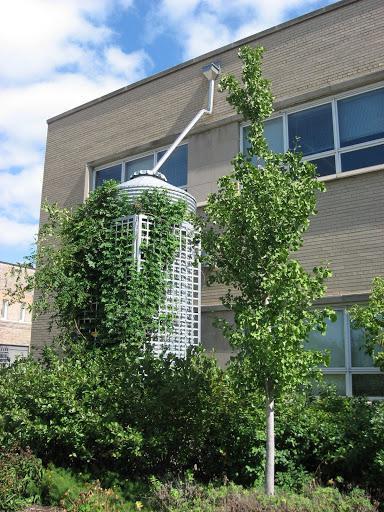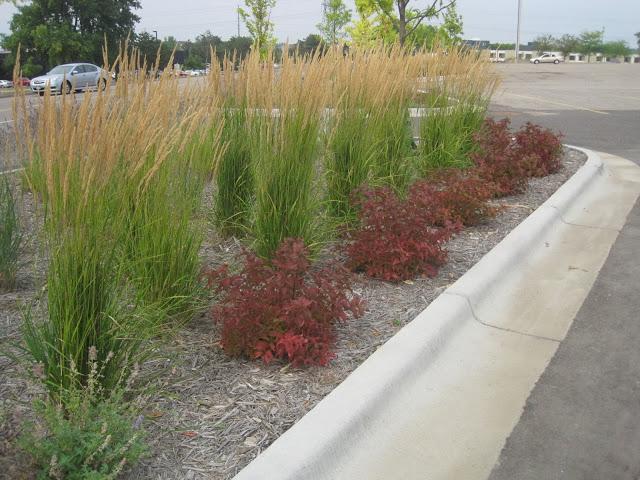The challenge of new development
Mount Washington, Kentucky, a commuter town close to Louisville, has seen marked population growth over the last decade. With that growth comes new schools, new libraries, and other urban development. Recently, the Bullitt County Library Board purchased a 1.25 acre plot of land in the city’s downtown to build a new library. While the city requires that all new development projects retain a percentage of the stormwater that falls on the lot, the Library Board’s drawings didn’t necessarily meet those needs. Dale Salmon, who works for Mount Washington’s Stormwater Quality Program, saw this as a huge opportunity for learning.
Salmon sponsors a student group, “Youth Chamber of Preservationists,” made up of four Bullitt East High School juniors. The group is focused on the preservation of Mount Washington’s past while caring for the future of the community. The group had been using the U.S. Environmental Protection Agency’s (EPA) Stormwater Calculator for months, and they were ready for an opportunity to apply what they learned in the classroom to help solve a real problem in their community.
Calculating how to save the rain
The student team used EPA’s Stormwater Calculator to estimate current runoff on the proposed library site. Then, they developed a proposal for the site that included bioswales, rain gardens, and a pair of 1,000-gallon cisterns to capture roof runoff from the building. The proposed green infrastructure, also called low-impact design, reduced the water needs of the new facility to almost zero. The team used the Stormwater Calculator again, to estimate runoff from the site with their proposed features. They also used the tool to estimate runoff under future climate scenarios.
The net result of the students’ proposal was a reduction in annual stormwater runoff from the site of more than five inches. To put that amount in perspective, stormwater captured through green infrastructure on the site over the next 20 years could fill 456 18-wheeler tanker trucks. There were also other benefits to using green infrastructure in the new library design. “Low impact design is more affordable, it’s attractive and easily maintained,” Salmon acknowledged.
Building smart
The students presented their proposal to the Library Board. After considering the costs and benefits, the Board changed the plans to include green infrastructure features from the students’ plans.
According to Salmon, “These young people have helped change the mindset on how we use and conserve water in our community. They have helped create a model of development that I can point to as an example of how to build without creating more runoff in our community, helping to preserve habitat in the Salt River ecosystem.”
In March 2015, the students will present their proposal and results again at the Kentucky Student Technology Leadership Program, where they hope to win the state Community Service Showcase Award.






